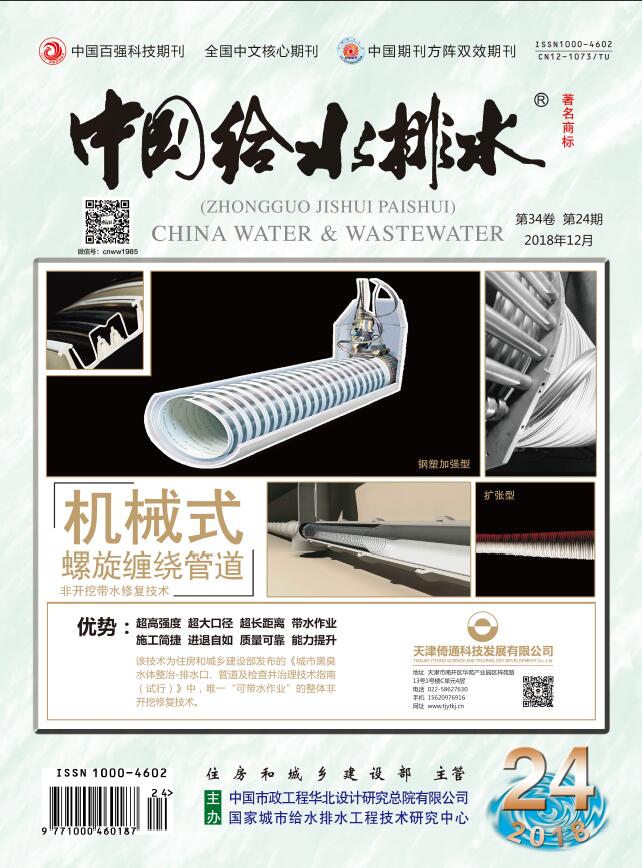CHENTing,LIUYu-ze,YANGTian-guo,et al.Sludge Properties and Sedimentation Characteristics under Various Disturbances in Regulating Tank of the South-to-North Water Diversion Project[J].China Water & Wastewater,2025,41(3):50-57.
Sludge Properties and Sedimentation Characteristics under Various Disturbances in Regulating Tank of the South-to-North Water Diversion Project
China Water & Wastewater[ISSN:1000-4062/CN:12-1073/TU]
volume:
第41卷
Number:
第3期
Page:
50-57
Column:
Date of publication:
2025-02-01
- Keywords:
- South-to-North Water Diversion Project; suspended particle; sludge; water supply safety; desilting
- Abstract:
- With the operation of the middle line of the South-to-North Water Diversion Project, the issue of sludge deposition in the regulating tank at the terminus of the water transfer has become increasingly significant. However, substantial desilting efforts must be undertaken while the system remains operational. This study therefore investigated the characteristics of sludge and the impacts of mechanical disturbance, aeration disturbance, and chlorination on sludge sedimentation performance, suspended solids, and organic matters. The sludge exhibited a high organic matter content ranging from 10% to 13% and consisted of fine particles measuring between 50 μm and 200 μm. These particles were predominantly associated with a substantial number of algae (primarily diatoms), which contributed to its excellent flocculation and sedimentation properties. The sludge released a significant amount of total organic carbon (TOC). Mechanical disturbance did not further enhance the release of TOC; however, an increase in aeration intensity resulted in a slight rise in TOC. Mechanical and aeration disturbances had minimal impact on the settling velocity and volume of the high-density sediment layer within the sludge; however, these disturbances caused a significant increase in the number of suspended particles. Adding chlorine could effectively decrease the particle size of suspended solids and enhance their settling velocity without causing a further increase in TOC. Mechanical disturbance, aeration disturbance, and chlorination had minimal impact on both the nitrogen concentration and its occurrence forms in the sludge. Consequently, the desilting disturbance would result in the release of a substantial quantity of suspended particles that settle gradually, thereby impacting water quality. The particles in the desilting wastewater exhibited significant flocculation tendency, making them prone to deposition. However, a substantial number of fine suspended particles remained challenging to control.
Last Update:
2025-02-01

